An unfortunate effect of dealing with a disease such as breast cancer or an injury to the breast is undergoing a breast removal procedural. When a woman has a breast removed, she may become self-conscious and experience a sense of overwhelming loss. For some women, the emotional effects of a mastectomy are as painful as the process that treats the condition. Board-certified plastic surgeon Adam J. Rubinstein. M.D., F.A.C.S., can help patients in Miami, Fort Lauderdale, and all of South Florida regain their confidence through breast construction surgery.
What is Breast Reconstruction?
Breast reconstruction is a procedure that creates natural-looking breasts for women who had their breast removed. The purpose of the procedure is to come as close as possible to restoring the appearance, shape and size of the breast. The surgery helps to improve the confidence and quality of life for many women. While breast reconstruction surgery can have a tremendous impact on a women’s physical appearance and emotional well-being, you should have realistic expectations. The newly reconstructed breast will not feel, look or have the same sensations as the breast that was removed. The procedure will also leave visible incision lines on the breast and donor site.
If You’re Considering Breast Reconstruction
Breast reconstruction surgery is very important for women who have battled breast cancer. The surgery is also of great significance to women who have lost a breast as a result of other medical conditions or trauma. Some women lose their sense of femininity when they lose their breasts. An improved physical appearance and emotional mindset are some of the benefits of breast reconstruction.
As the effects of breast cancer become better known, women are now able to find surgeons that are skilled in the latest breast reconstruction surgical techniques. The surgeons are able to produce more realistic-looking breasts, allowing women to feel more confident.
If possible, the reconstruction surgery should occur during the same surgical appointment as the breast removal. Doing this at the same time will help to reduce cost, the patient’s healing time and the emotional toil of living without a breast. While having the breast reconstruction surgery after the removal is an ideal situation, the surgery may be scheduled for another time.
Dr. Rubinstein will provide you with guidance on every aspect of the procedure, including the timing of your breast reconstruction. Every decision regarding your procedure should occur before the procedure occurs, allowing you to make an informed decision. Fully understanding the breast reconstruction process is the initial step in determining whether the procedure is right for you. Dr. Rubinstein is always open to answering any of your questions and discussing your concerns.
Who is the Best Candidate for Breast Reconstruction?
Breast reconstruction surgery is not an option for all women. However, the majority of women are ideal candidates for the surgery. Women who had their breasts removed due to cancer should have their oncologist confirm that the cancer was completely removed. Dealing with cancer can leave you both emotionally and physically drained, so you may want to schedule your procedure for when you have fully healed from the mastectomy. Some patients choose to give themselves a break from any further medical procedures during the healing process.
If an extensive amount of repair is necessary, Dr. Rubinstein may suggest that you until the tissues and skin are able to handle the surgery. You will also need to stop smoking, manage your blood pressure and lose weight.
Breast reconstruction is not an option if there is not enough breast tissue for the surgery. The surgical technology and advances in breast reconstruction techniques makes these types of situations rare.
Preparing for Your Breast Reconstruction Surgery
Dr. Rubinstein will work with your oncologist and other medical specialists to ensure that your reconstructive surgery is successful. Once the details of your breast construction are finalized, Dr. Rubinstein will explain the process to you. He will also discuss the preparations you need to take for the procedure. You may be told to stop taking supplements and medications prior to the surgery. Because Dr. Rubinstein works closely with your medical specialists, he can safely alter your medication schedule. You may also be placed on a restricted diet for a 24-hour period before your surgery.
You should have a friend or family member drive you to your surgery. After the procedure, you will be tired and may experience some pain, making you unable to drive. Having someone with you may also increase your comfort level.
You can schedule your breast reconstruction surgery at the same time as your mastectomy, or for a future date. You should follow the surgical instructions of your medical team. Additional surgeries or treatments may be necessary after your breast reconstruction. During your consultation and follow-up appointments, Dr. Rubinstein will discuss the procedures.
Types of Breast Implants
Selecting the type of implant for your reconstruction surgery in one of the first decisions you will make during your breast cancer recovery.
Dr. Rubinstein will help you choose your implant by explaining the designs and benefits of each type. The implants available have either saline inside a silicone shell or silicone inside a silicone shell. You also have a choice of several implant sizes and shapes. Dr. Rubinstein is a Natrelle
® Preferred Doctor.
Skin Expansion
Following a mastectomy, some women will have enough skin for the breast implants. However, for the women that do not, Dr. Rubinstein may suggest skin expansion. The expansion procedure involves two steps. However, the process may require multiple procedures to complete the steps.
The first step involves surgically expanding the skin of the breast area to create space for the implant. Dr. Rubinstein uses an expander balloon to extend the skin. The balloon has a small valve attached to it, allowing him to slowly fill it with saline. The saline is what causes the balloon to expand. As the balloon grows larger in size, the skin expands to create a pocket for the implant. Once the skin is expanded, Dr. Rubinstein will perform the surgery to insert the implant. Depending on the situation, he may or may not remove the expander. The final step involves a surgical procedure to recreate the areola and nipple.
Flap Reconstruction
Flap reconstruction is another way to increase the amount of skin that is available for breast reconstruction. The flap method uses tissue that is removed from another area of the body. The tissue may be harvested from your back, abdomen, or buttocks. Dr. Rubinstein may also use a flap from your abdomen that remains connected to the original blood supply.
If the flap comes from tissue that is removed from a donor site, it is transplanted to the chest and shaped to look like a natural breast. If the flap is partially removed from the abdomen, the tissue is guided beneath the skin to the breast area. Dr. Rubinstein may use the tissue to mold a breast or insert an implant.
The flap technique is more difficult than the skin expansion technique. With both techniques, there will be scarring at the site where the skin is harvested and the area where the reconstruction occurs. Patients that undergo the flap technique will require more recovery time. However, the benefits of using the flat technique are worth it. Patients will have a more natural looking breasts and possible a more defined waistline.
Follow-Up Procedures
Once the breast is reconstructed, you may need to undergo surgeries to refine the shape of your breasts and reconstruct the areola. The follow-up procedures are not as extensive as the mastectomy and breast reconstruction surgeries. If you only have one breast reconstructed, Dr. Rubinstein may suggest having surgery on the other breast to help you achieve a uniform appearance. You should note that most insurance providers will not cover the cost of surgery on the natural breast.
After Your Breast Reconstruction Surgery
After your reconstruction surgery, you may be required to stay in a hospital for up to five days. You will be sore and tired for two weeks after the surgery. Dr. Rubinstein may prescribe antibiotics and pain medication. You may also leave the hospital with a drain and sutures that the doctor will remove within two weeks of the surgery.
Breast Reconstruction Recovery
The recovery time needed after your mastectomy and breast reconstruction is about six weeks. You may be able to reduce your recovery time if you do not get implants or have your mastectomy and breast reconstruction procedures at the same time. Dr. Rubinstein will inform you about the amount of recovery time you need.
You may feel some sensation in your reconstructed breast. However, the sensation will not be the same as the sensation you experience with your natural breasts. The scars will be the most visible after the surgery. However, as time passes the scars will fade.
Dr. Rubinstein will inform you of any restrictions on your activity such as exercise, sexual activity, and work.
How Much Does Miami Breast Reconstruction Cost?
If breast enhancement is a result of a mastectomy, insurance may cover some or all of the cost. Dr. Rubinstein offers
financing to make the procedure affordable to his patients. We also accept personal checks, major credit cards, and cash.
You needn’t let breast cancer and breast removal affect the way you look and feel. If you reside in Miami, Fort Lauderdale or South Florida, contact Adam J. Rubinstein, M.D., F.A.C.S., at his Aventura practice. At your consultation, Dr. Rubinstein will discuss whether reconstructive surgery is a good choice for you.



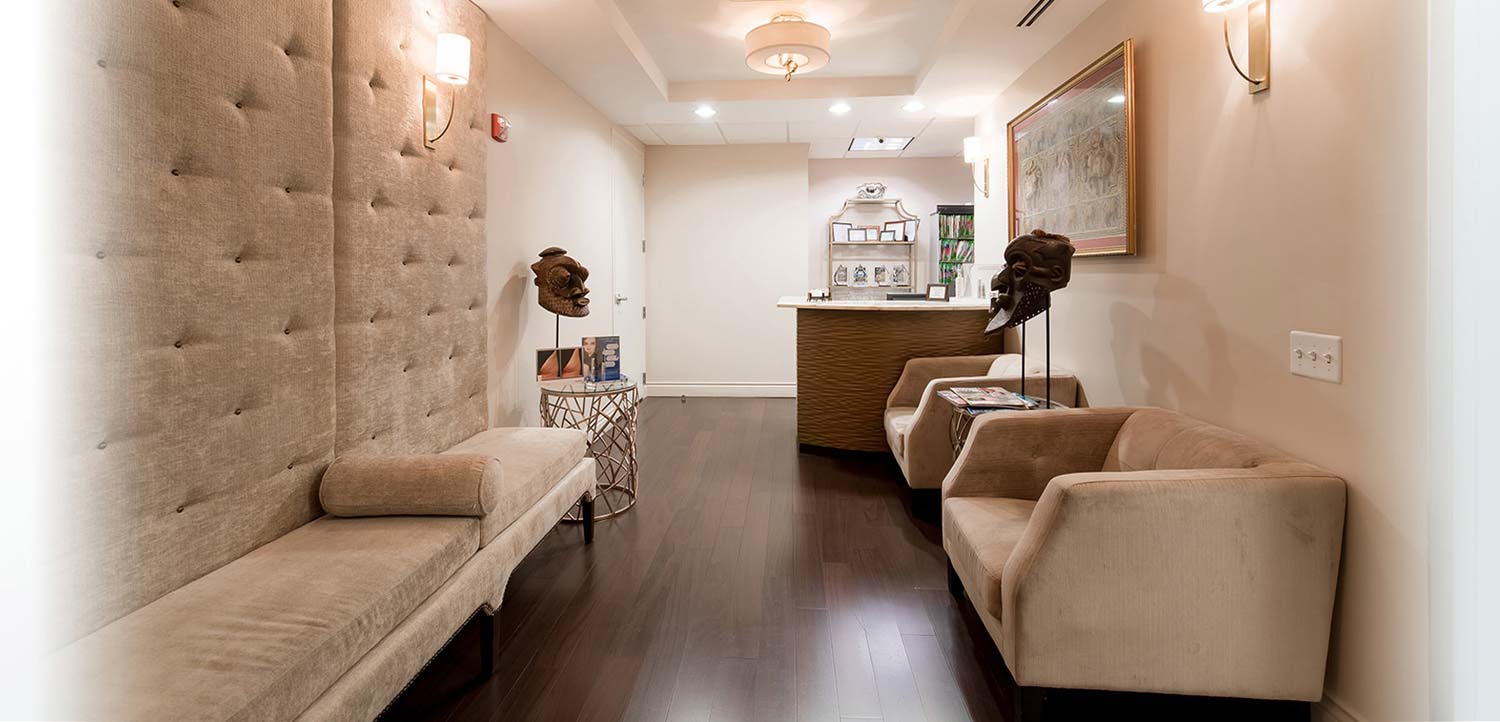
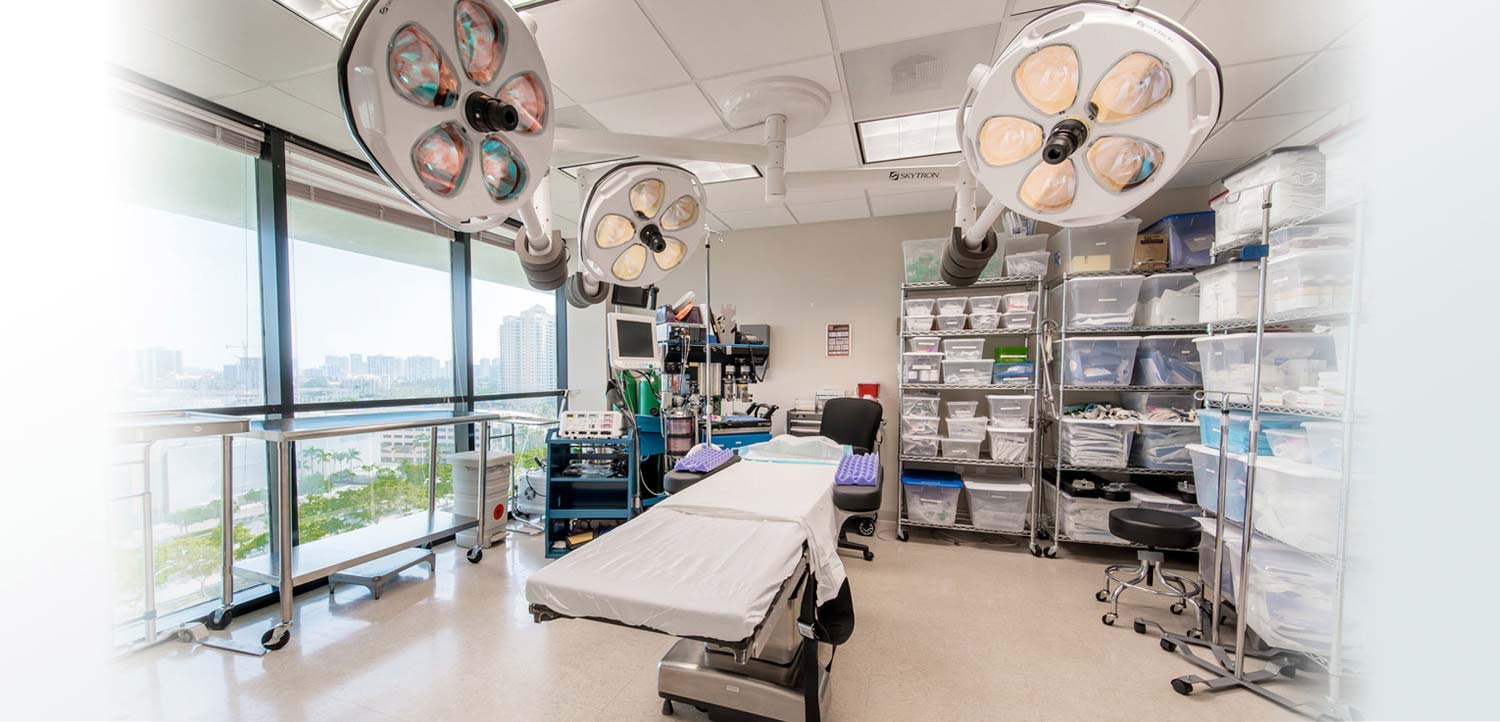
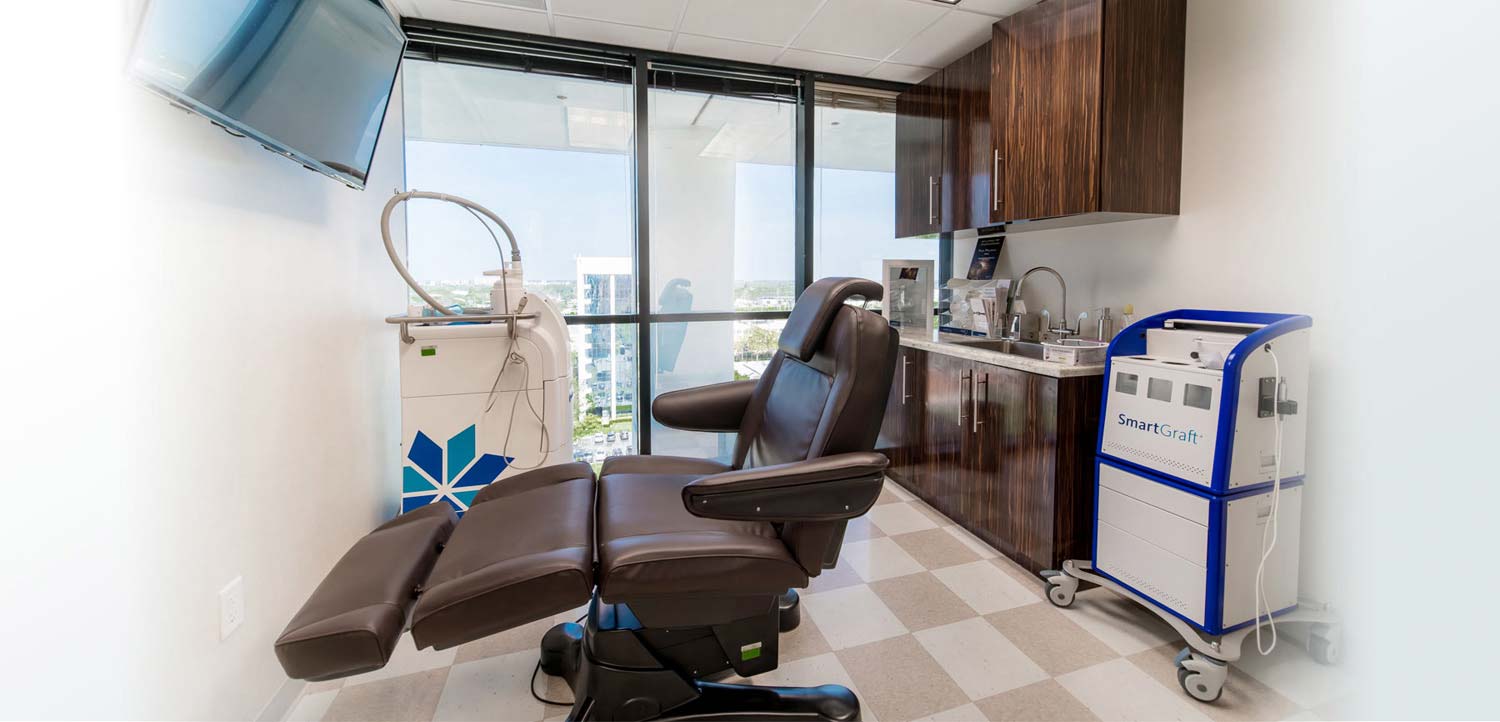
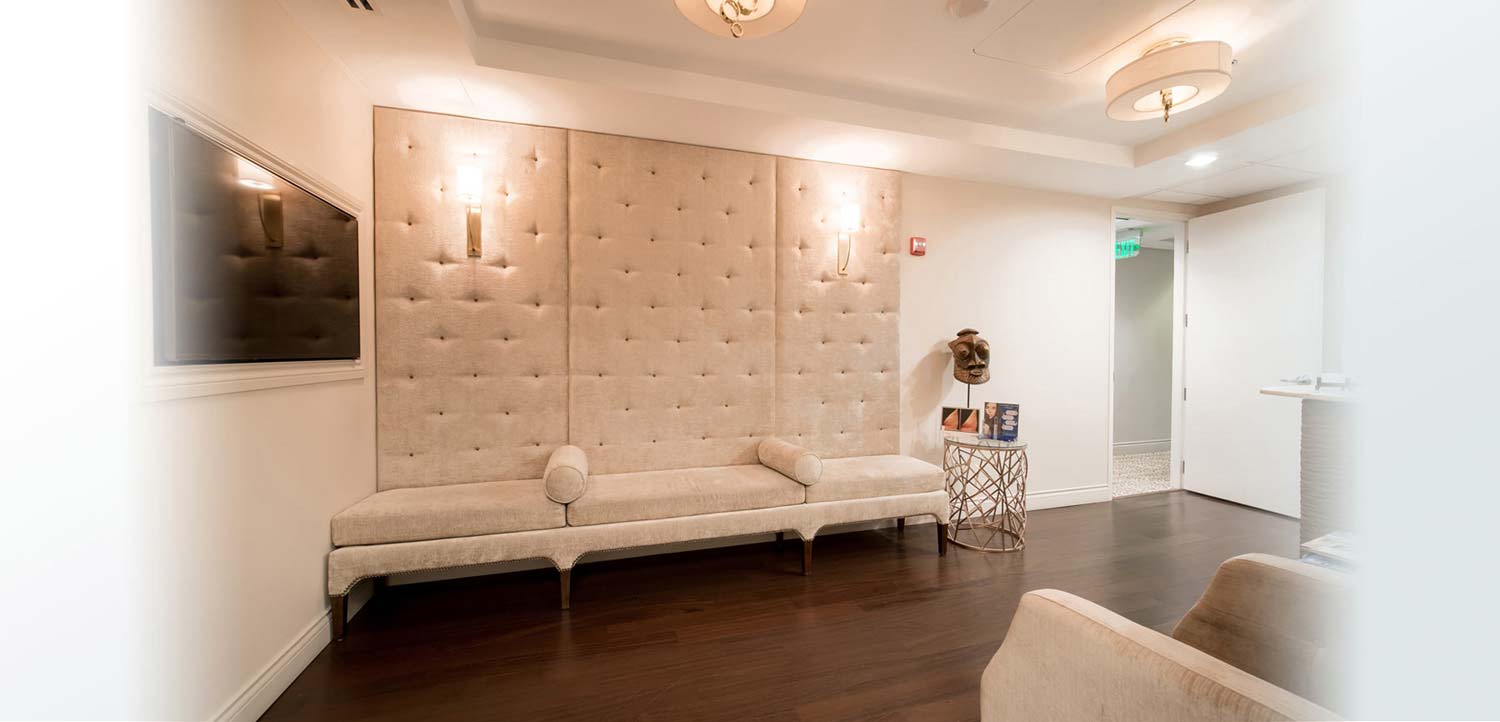
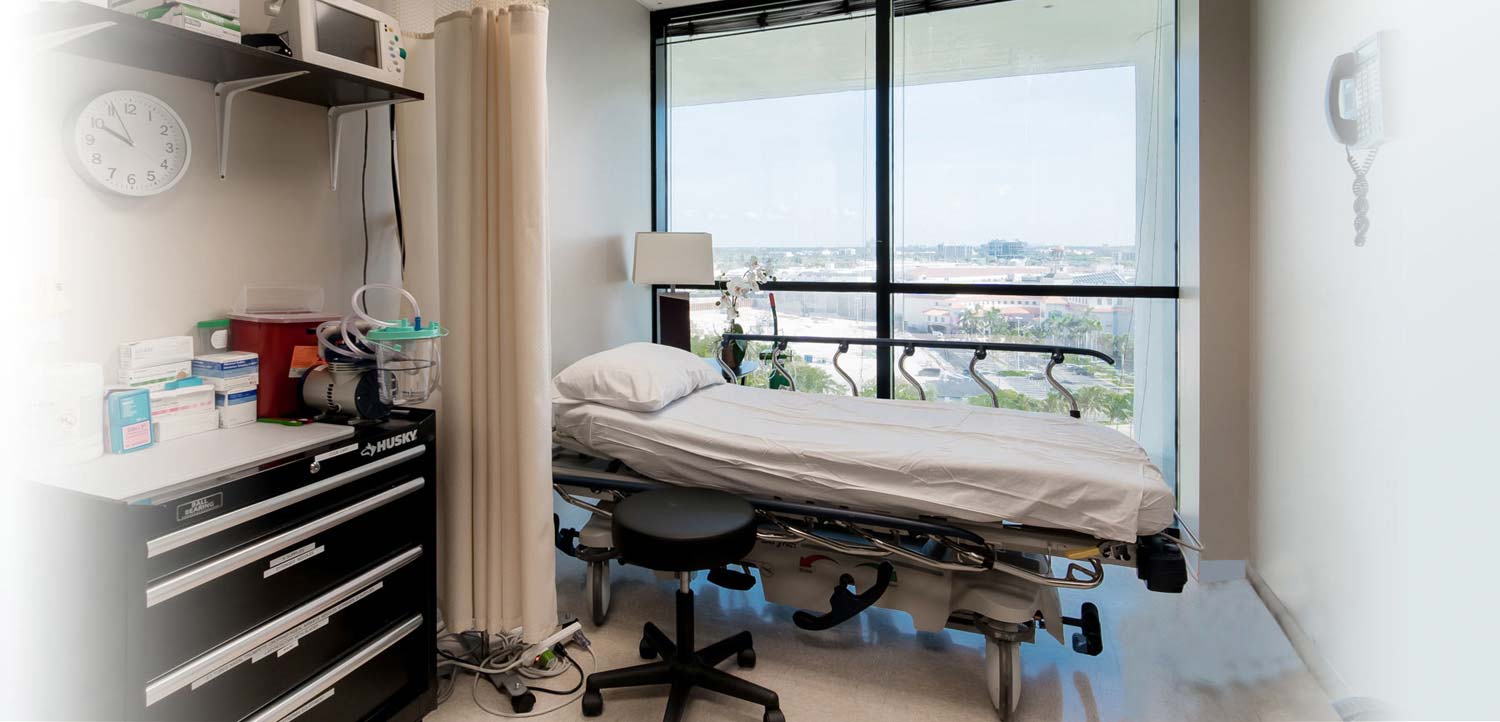








STAY social
Like, follow and share Dr. Rubinstein’s social point view